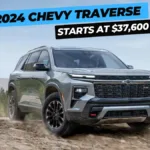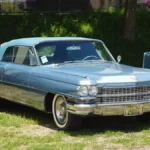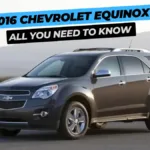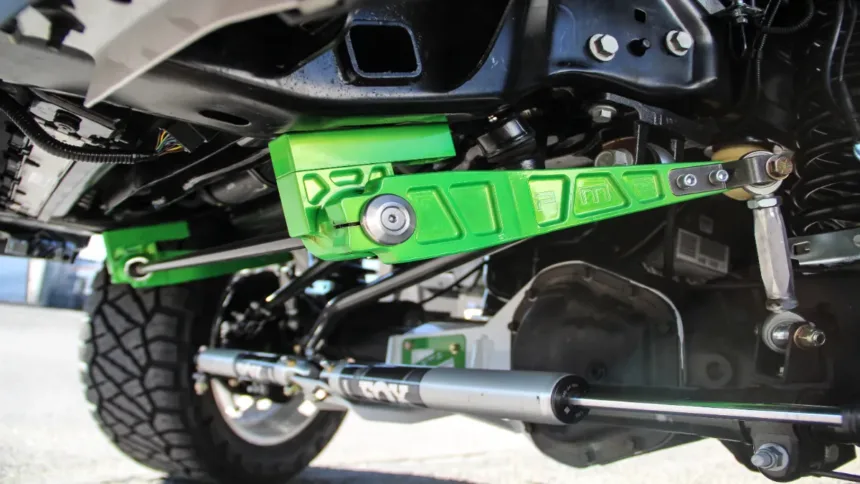Introduction to Torsion Bar Suspension
Of all the parts of vehicle performance, probably suspension is the most significant part. One such variety of suspension is the mechanical wonder called torsion bar suspension. It makes vehicles pass very smoothly over road irregularities. What is torsion bar suspension exactly and why do the vehicles carry it along? Let us research into this world and try to know everything about this amazing piece of technology.
History and Development of Torsion Bar Suspension

Torsion bar suspension has been known since the early 20th century. The technology was first applied to military vehicles, where it meant absolute hardiness and performance. Over the years it had developed and found its way into mass production cars, trucks, and off-road autos. Actually, the car manufacturing companies such as Chrysler and Porsche belonged to the largest group of users to improve the ride quality and handling capabilities of their models. Interestingly, the development of this suspension system has seen several improvements beyond those of the previous models.
How Torsion Bar Suspension Works
Torsion bar suspension is almost a pretty simple thing at its core. The long metal rod just twists upon being subjected to force. One end of the rod is held securely to the vehicle’s frame and the other end is simply affixed to the control arm that holds the wheel. The twisting action by the bar tries to absorb shock whenever the wheel would go up or go down the bump on the road, thereby making it all the more possible for the passengers to ride as smoothly as possible.
Next to it is the torsion spring-a spring incompressible, that is to twist instead of compress and has enough power to aid a car in absorbing shocks without anything on its performance. Actually, it comes quite simple as a mechanism and has been used over decades.
Advantages of Torsion Bar Suspension
So why might torsion bar suspension be liked by some manufacturers? Well, number one is durability. Torsion bars can last an awful long time compared to the vehicles they carry-some cases over twice as long. Then of course, there’s the benefit of adjustability. Want to raise or lower your ride height on your vehicle? No problem. Because the rides height can be altered pretty easily, that’s why this design is favored by off-road enthusiasts and those who need to change the stance of a vehicle.
Another advantage is the light construction. Torsion bars are significantly lighter than any equivalent coil or leaf spring assembly, and that can make for better overall vehicle efficiency. Less formally, lesser mass means better fuel economy, always a good thing!
Disadvantages of Torsion Bar Suspension
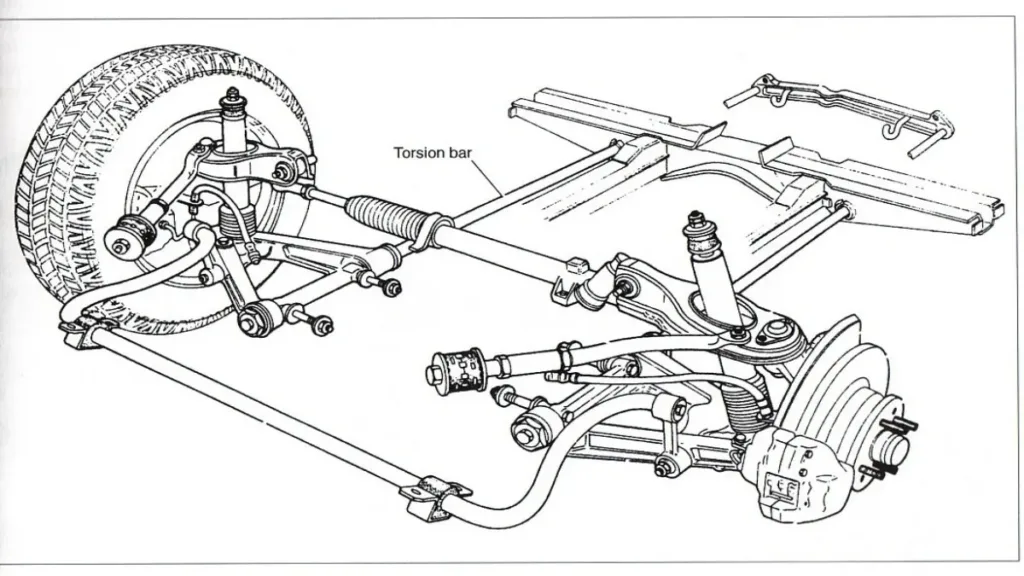
Of course, nothing is perfect, and the torsion bar suspension comes with several drawbacks. It may prove to be ineffective for a user who is looking for a high-speed or racing type of application. Ride might feel a bit stiffer, especially in performance-driven vehicles.
There is also the cost. Torsion bars are relatively inexpensive, though labor to adjust or replace them can really mount up. In some designs, the torsion bar may be adjustable only to a point, so thus the full flexibility of the torsion bar is limited.
Comparison with Other Suspension Systems
How does torsion bar suspension stack up against other types? Let’s compare:
- Torsion Bar vs. Coil Spring Suspension: Coil springs are more common and tend to offer a smoother ride, but torsion bars are easier to adjust.
- Torsion Bar vs. Leaf Spring Suspension: Leaf springs are great for heavy-duty applications like trucks, but they lack the adjustability of torsion bars.
- Torsion Bar vs. Air Suspension: Air suspension offers unparalleled comfort and flexibility but is far more complex and expensive to maintain compared to torsion bars.
Applications of Torsion Bar Suspension
Torsion bar suspension has found its place in several industries. Military vehicles frequently use them due to their robustness and ability to handle rough terrains. Additionally, commercial vehicles like trucks and SUVs often rely on torsion bars for their off-road capabilities.
Common Vehicles with Torsion Bar Suspension

Many known vehicles for years feature torsion bar suspension. Porsche 911 models from the 1960s until the 1980s, Dodge trucks, and Chevrolet SUVs employ torsion bars. Off-road buffs always default to torsion bars, especially those ones designed for handling rude or hostile environments.
Adjusting a Torsion Bar Suspension
That is one of the good features behind torsion bar suspension: that it could be adjustable. Want to lift your truck several inches for better clearance? A quick torsion bar adjustment can do that. But the twist needs to be done very carefully so as not to throw out the proper balance and ride quality.
Maintenance of Torsion Bar Suspension
Suspension by torsion bar, like any other car part, must be serviced continuously to work well. Rust, wear, and alignment must always be looked for at the suspension. The moving parts of the suspension also have to be frequently lubricated. Any break of the torsion bar must be repaired by replacing it before damaging the vehicle further.
Performance Enhancements for Torsion Bar Suspension
Looking to enhance your torsion bar suspension? There are plenty of aftermarket upgrades available. Whether you want to improve off-road performance or stiffen the ride for better handling, aftermarket torsion bars and suspension kits can provide a noticeable improvement.
Why Torsion Bar Suspension is Still Relevant Today
However, even for the most advanced suspension technology, torsion bar suspension remains incredibly relevant. While improvements in material and design make it better performing and longer-lasting, its versatility, durability, and simplicity keep putting it into play for more and more vehicles.
The Future of Torsion Bar Suspension
As automotive technology evolves, torsion bar suspension may see further innovations. With the rise of electric vehicles, lightweight and adjustable suspension systems like torsion bars could become more common. New materials and smart technologies may also enhance their performance.
Verdict
Torsion bar suspension has withstood the test of time as a very strong, adaptable, and relatively light solution for all vehicles. Not necessarily ideal, perhaps, but a very useful substitute for the manufacturer and the driver alike. Be this aficionado off-road enthusiast or merely an interested party in vehicle design, an understanding of torsion bar suspension opens a window into the neat world of vehicle technology.
FAQs about Torsion Bar Suspension
- What vehicles commonly use torsion bar suspension?
Vehicles like Dodge Ram trucks, Chevrolet SUVs, and older Porsche models have commonly used torsion bar suspension. - How long do torsion bars last?
With proper maintenance, torsion bars can last the lifetime of the vehicle, but they should be checked regularly for wear. - Can torsion bars be replaced?
Yes, torsion bars can be replaced if they are damaged or worn out. - Is torsion bar suspension good for off-roading?
Absolutely! Its adjustability and durability make it a popular choice for off-road vehicles. - What are the signs of a failing torsion bar suspension?
Common signs include uneven ride height, unusual noises from the suspension, or a rougher ride
Also Read : Air Fuel Ratio Gauge: Everything You Need to Know


